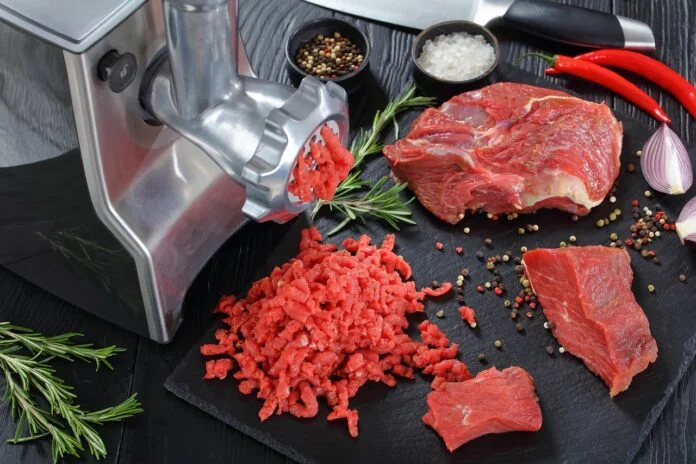Meat grinders are versatile kitchen tools that can significantly simplify meal preparation. Whether you’re making sausages, burgers, or other ground meat dishes, efficiency is key to getting the job done quickly and effectively. In this blog post, we’ll explore a range of practical tips to help you maximize efficiency and achieve faster meat grinding results. From preparation to clean-up, these techniques will streamline the process and ensure that you’re making the most of your meat grinder.
- Preparation is Key
Efficiency begins with proper preparation. Before you even start grinding, ensure your meat is well-prepped. Trim excess fat and connective tissues, and cut the meat into smaller chunks that fit easily into the grinder’s feeding tube. Chilled meat is easier to handle and grind, so consider partially freezing it before grinding.
- Choose the Right Grinding Plate
The size of your grinding plate determines the coarseness of the grind. For faster grinding, opt for a larger hole size. Coarse grinds not only speed up the process but also reduce the chances of the grinder getting clogged. However, keep in mind that the type of dish you’re preparing will also influence your choice of grinding plate.
- Regular Blade Maintenance
Sharp blades are essential for efficient grinding. Dull blades can slow down the process and require more effort from the motor. How to sharpen meat grinder blades: Regularly inspect and sharpen your blades to maintain their cutting efficiency.
- Keep Meat and Equipment Cold
Cold meat and cold equipment can prevent heat build-up during grinding, which could affect the quality of the ground meat. Chill your meat in the refrigerator or freezer for a short while before grinding. Additionally, make sure your grinder’s parts, including the grinding plate and blades, are also adequately chilled.
- Feed Steadily, Not Hastily
While it might be tempting to rush the feeding process, a steady and controlled feeding speed is actually more efficient. Pushing too much meat into the grinder at once can overwhelm the motor and result in uneven grinding. Instead, use gentle and consistent pressure, allowing the grinder to work efficiently without strain.
- Avoid Overloading the Hopper
Pay attention to your grinder’s capacity, and avoid overloading the hopper with too much meat. Overloading can lead to jamming, slowing down the process and potentially damaging the grinder. If you have a large amount of meat to grind, work in batches to ensure smooth and efficient operation.
- Alternate Ingredients for Lubrication
To keep the grinding process smooth and efficient, consider alternating between different types of ingredients. For example, if you’re grinding a mix of meat and vegetables, the moisture from the vegetables can help lubricate the grinder, preventing sticking and enhancing efficiency.
- Clean As You Go
Efficiency doesn’t end when the grinding is done. Clean your equipment as you go to prevent meat residue from accumulating and clogging the grinder. How to clean a meat grinder: A clean grinder operates more smoothly and requires less maintenance in the long run.
Conclusion
By implementing these tips for faster meat grinding, you can streamline your kitchen workflow and save valuable time. From the initial preparation to the final clean-up, each step plays a role in ensuring an efficient and hassle-free meat grinding experience. Remember, practice makes perfect, so don’t hesitate to experiment and find the techniques that work best for you and your specific grinder model. With these strategies in mind, you’ll be able to produce delicious ground meat creations in no time.

